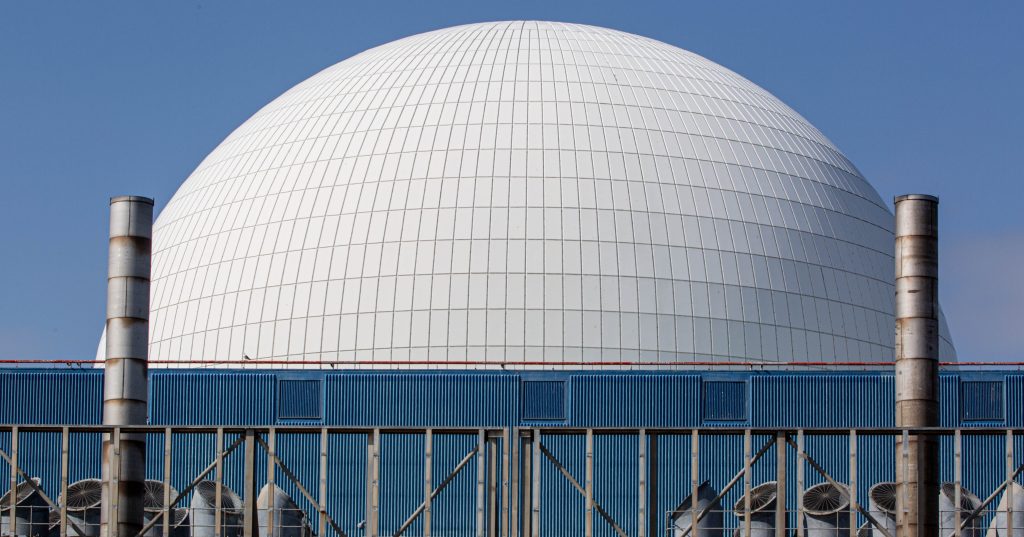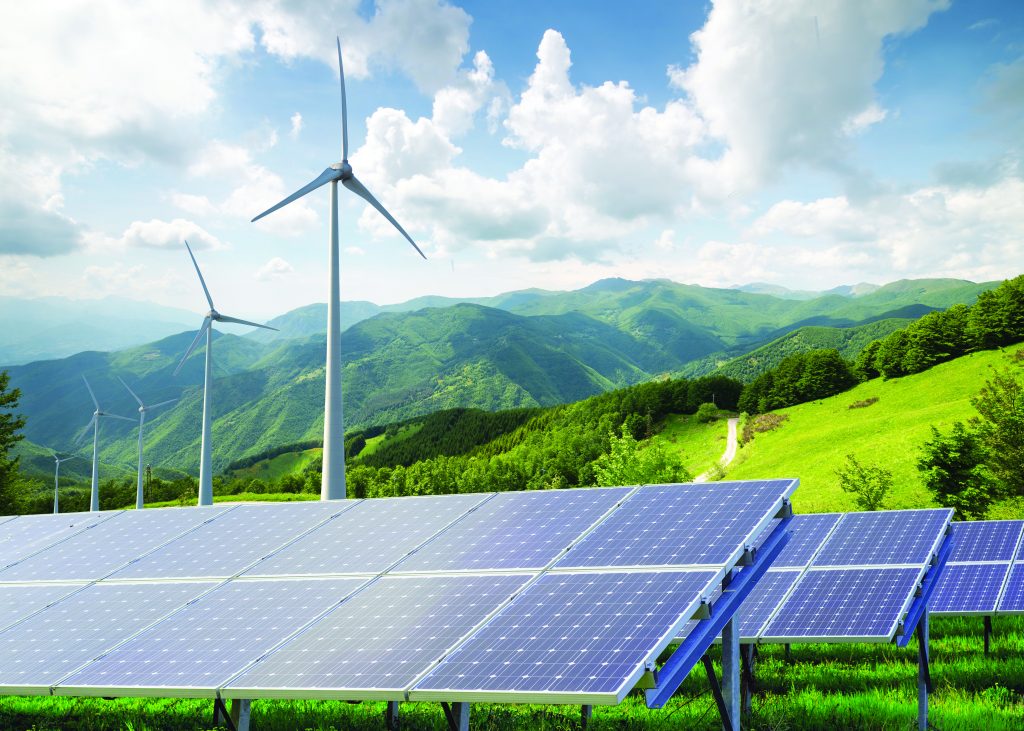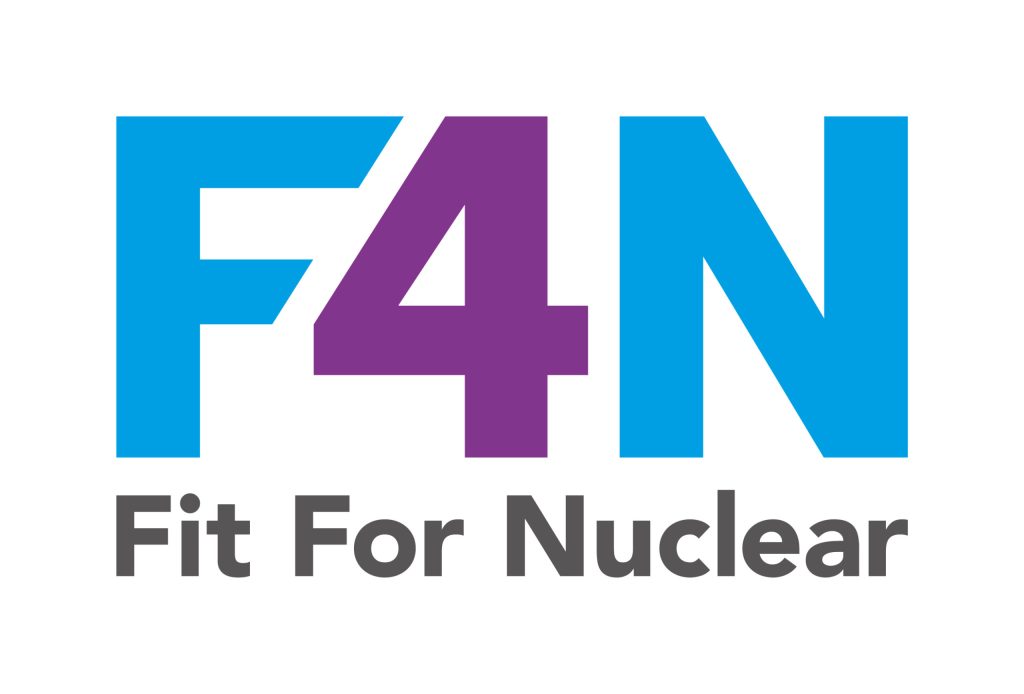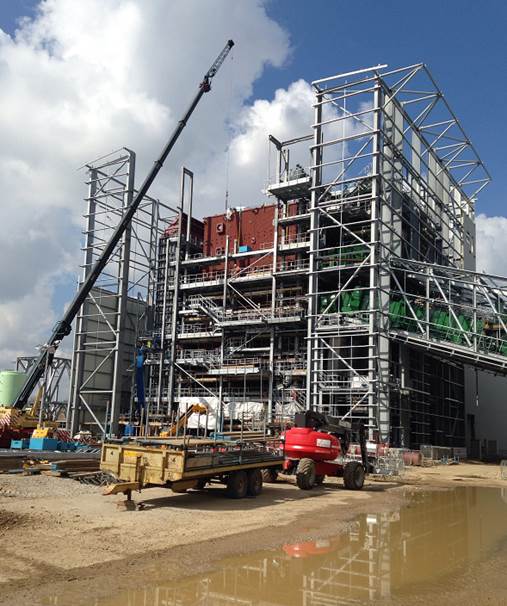Nuclear and energy
Galvanizing for nuclear and energy companies
Nuclear companies need to meet stringent requirements due to the nature of their work, and companies in the wider energy sector find themselves needing to work towards sustainability goals. Hot dip galvanizing is an energy-efficient way of protecting steel in the nuclear and energy sectors against corrosion.

Galvanized power transmission equipment

Power transmission equipment in the energy sector is often exposed to harsh environmental and weather conditions.
Galvanizing steel towers and other steel components of power transmission equipment protects them from corrosion, ensuring their structural integrity and longevity.
Fit for Nuclear
Our Chesterfield site is the first galvanizing plant in the UK to be “Fit for Nuclear” accredited by Nuclear AMRC. This status is reserved only for companies that meet the strict requirements that need to be met for working with the nuclear sector.

Case study: Norfolk Biomass plant
A new energy plant opened in Norfolk, with an electrical capacity of 44.2MW and the ability to supply 82,000 homes with energy. Over 1,500 tonnes of steel needed to be galvanized for the creation of the plant – no easy feat, as the steel beams for the turbine hall alone were 33m long and 8 tonnes in weight each.
Caunton Engineering relied on Joseph Ash Galvanizing to manage the large order with a quick turnaround.

Minimal waste for a sustainable future

Hot dip galvanizing is a very energy-efficient process. Both the galvanizing process and galvanized steel fit into a circular economy.
We take sustainability and energy-efficiency seriously at Joseph Ash Galvanizing, and endeavour to do our part in shaping a sustainable future.
Energy-efficient galvanizing near you
- We’ll collect and deliver your steel to our site ✔️
- Comprehensive technical support, guidance and assistance at every stage ✔️
- Hot dip galvanized to BS EN ISO 1461 standards ✔️
- Part of a circular economy ✔️